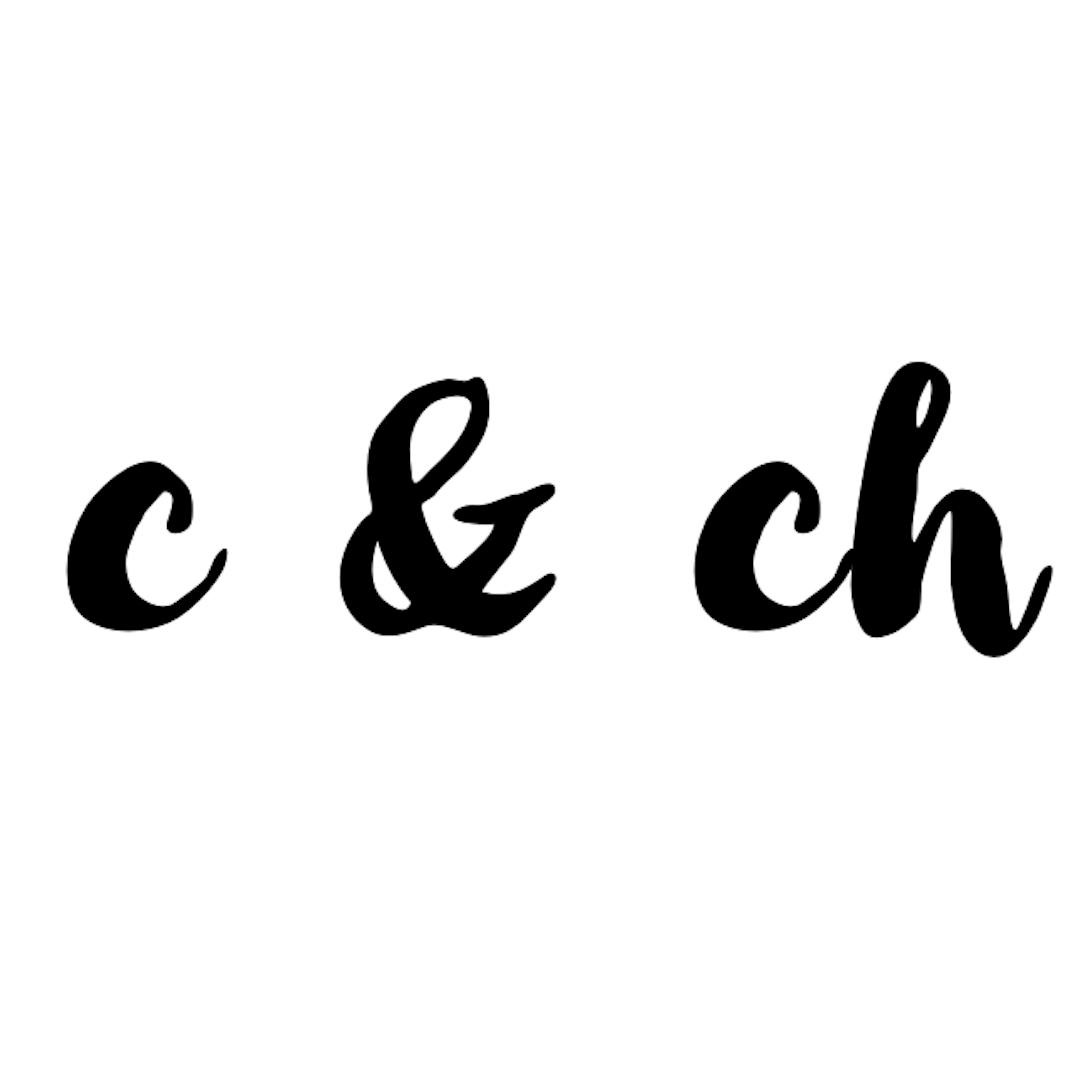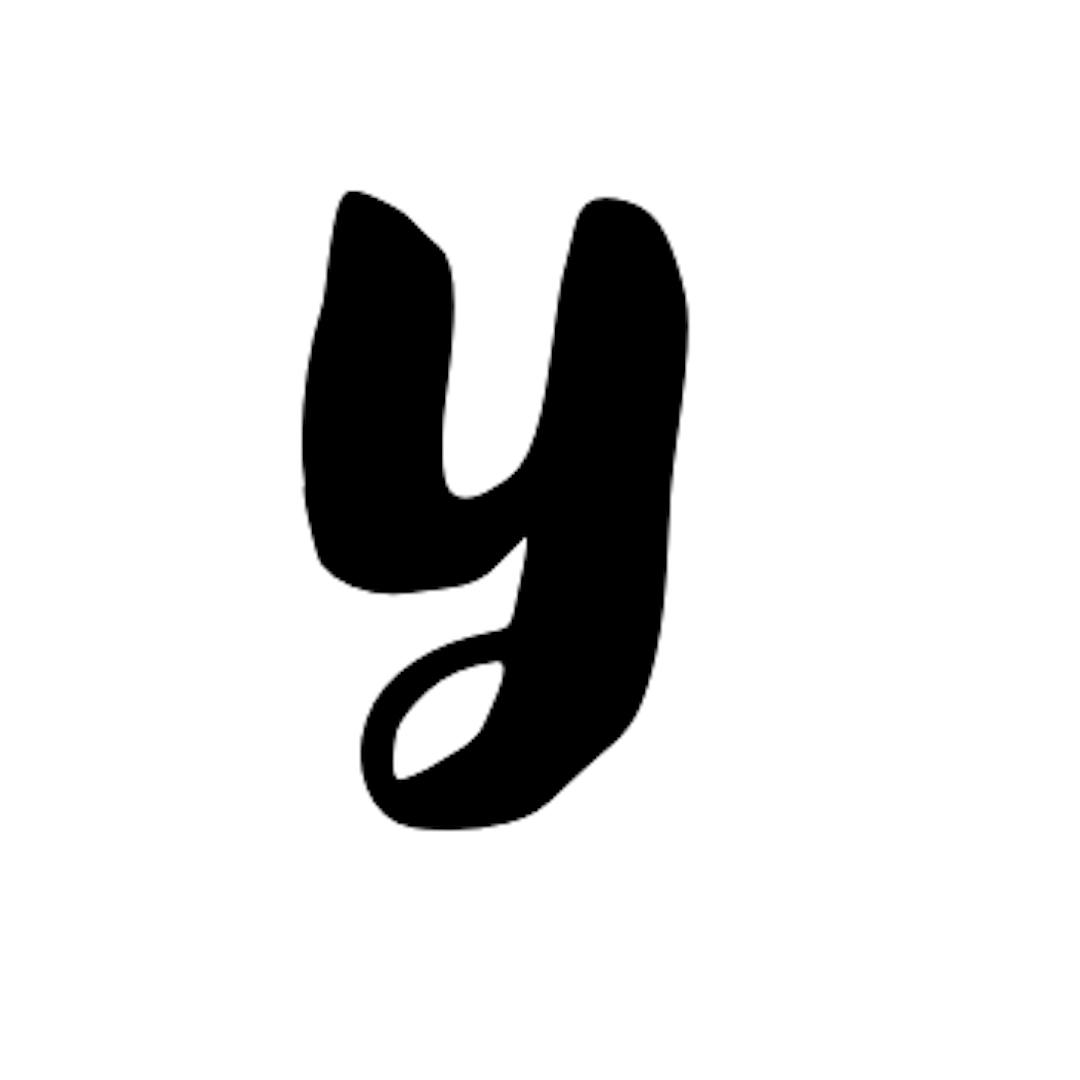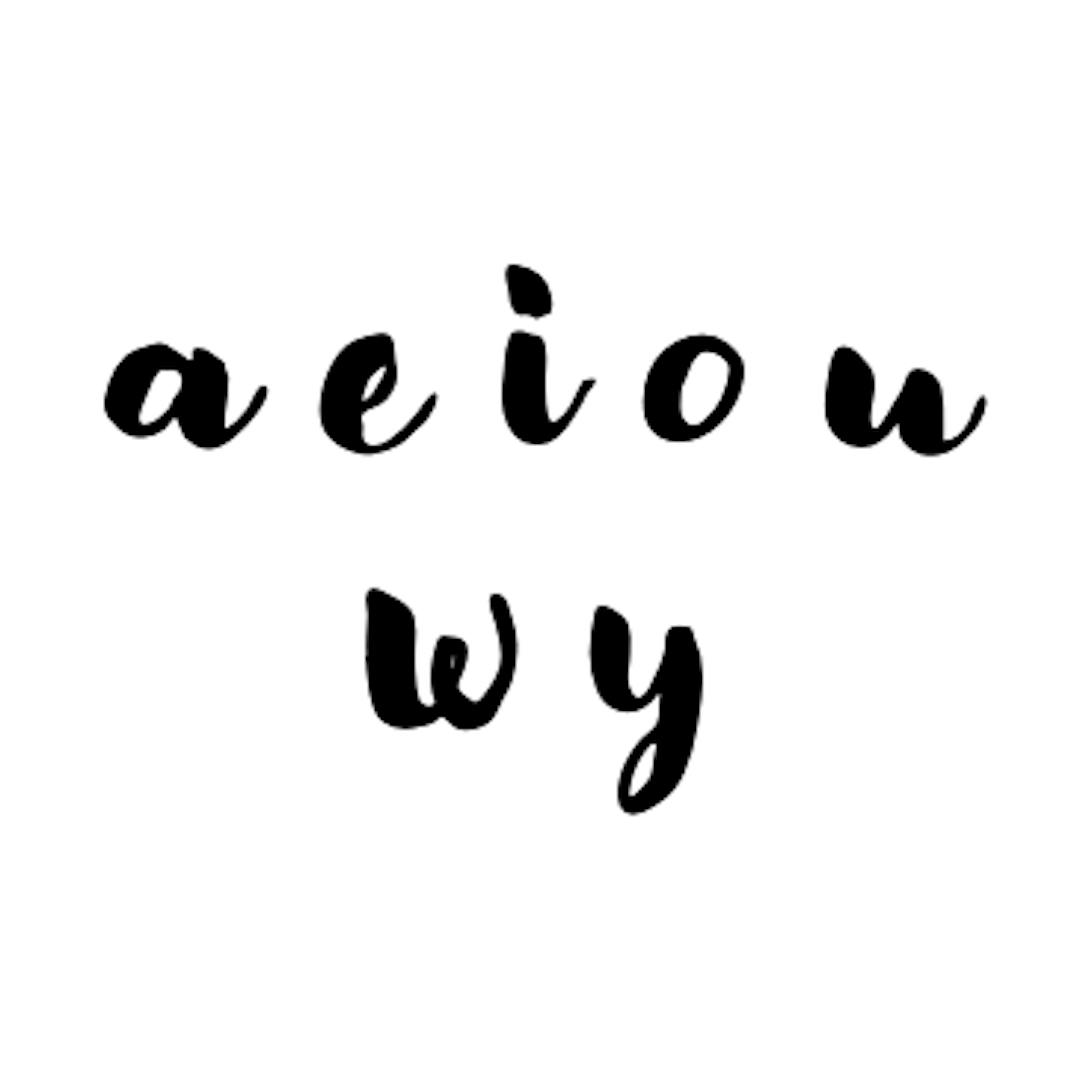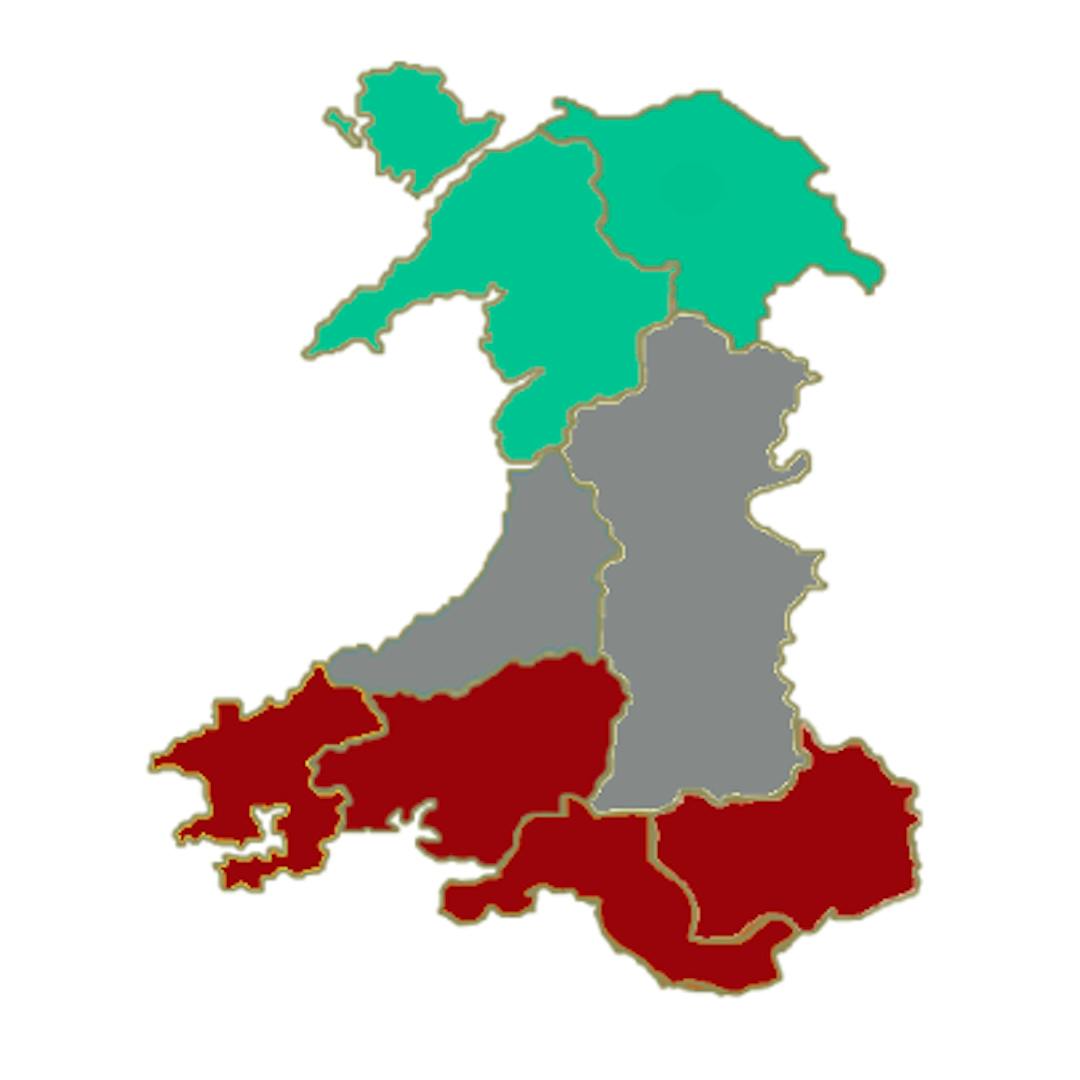All Comparisons

<c> and <ch>
In this video we can see the difference between the production of two sounds in Welsh. The first sound is [k] which is written as <c> in words like ‘ci’ and ‘cwtsh’. The second sound is [χ] which is written as <ch> in words like ‘chi’ and ‘chwerw’.
When the speaker says the first consonants ‘ci’ and ‘cwtsh’, notice that the back of the tongue starts high up in the mouth and moves forward quite quickly and there is a gap between the tongue and the back of the mouth.
When the speaker starts to say the first consonants ‘chi’ and ‘chwerw’, the back of the tongue is not as high up in the mouth but it’s much further back and stays there for longer.

The vowel sounds of <y>
The vowel in words like mynydd (mountain), ymyl (margin) and hyn (this) changes when we create longer words (so mynyddoedd (mountains), ymylon (margins), hynny (that).
In the clip, you can see that the vowels in the longer words are low. So, the tongue is lower in the mouth.

<l> and <ll>
You can listen to two speakers here. The man is from North Wales and the woman is from South Wales. In the clips, you will hear examples of words containing <l> and <ll>. The <ll> sound is called a voiceless alveolar lateral fricative and it is generally a very uncommon sound in the world’s languages.
Looking at the clips, compare the words containing <l> and the words containing <ll>. You will see that a larger part of the tongue (the tongue blade) approaches the top of the mouth when saying <ll>. This differs from <l> where only the tip of the tongue approaches the top of the mouth.
There is a difference between how the two speakers say <l> too but there is no need to worry about this difference if you are learning the language! In the north, the tongue rises towards the back of the mouth. In the south, the tongue does not rise which makes <l> sound different in the two areas. Can you hear the difference?
The common term for the northern <l> is ‘dark-l’. Conversely, the terms ‘light-l’ or ‘clear-l’ can be used to describe the general quality of this consonant sound in the south.

-io at the end of verbs
The verbal ending-io is very common in Welsh. Notice that the last sound is quite an open one (in other words, the mouth opens and the lips parted when we produce the sound) so the tongue falls at the end of the word.

<ch> and <ll>
The male speaker (on the left) is from north Welsh, whilst the female speaker (on the right) is from the south.
We can see here the difference between the way in which two potentially challenging consonant sounds are produced. The first is [ɬ], represented by <ll> in the written language in words such as llong ‘ship’ and felly ‘so’. The second sound is [χ] and is conveyed by <ch> in written Welsh in words like chi ‘you’ and chwerw ‘bitter’.
You will see that a large part of the tongue (the tongue blade) approaches the top of the mouth when <ll> is produced. On the other hand, when<ch> in pronounced at the beginning of words such aschi‘you’ andchwerw‘bitter’, is much further back.

Vowel Lengths
This video shows the differences in the length of vowels. The video shows a Welsh speaker producing the words ‘dal’, ‘tal’, and ‘del’ (which have short vowels) and then the word ‘tâl’ which has a long vowel.
When the speaker says the vowel in ‘tâl’, the lips are apart for longer and it takes longer for the tongue to reach a resting position.

North vs South
This example looks at the differences between the vowels in words such as ‘ti’ (you) and ‘tŷ’ (house) in north Wales, as can be seen from the speaker on the right who comes from north-west Wales. In south Wales on the other hand, it is normal for the vowels of these words to sound the same, as is demonstrated by the speaker on the left from south-east Wales. This shows that northern varieties of Welsh have an extra vowel which is not present in English, namely /ɨː/ (the close central vowel).
For all the vowels used by the two speakers, the tongue tip is below the front teeth and lips and the tongue body is shaped like a dome.
In the speech of the northerner (on the right/bottom), the main difference in the two vowels is in the position of the tongue in relation to the roof of the mouth. For the vowels in ‘ti’, ‘mil’ and ‘sir’ the tongue is very close to the roof of the mouth. For the vowels in ‘tŷ’, ‘mul’ and ‘sur’, the tongue is less close and the mouth is more open. On the other hand, in the language of the southern speaker (on the left/top), the tongue is very close to the roof of the mouth in every word since it is the front vowel /iː/ that is always used.
After you finish drawing comparisons between <i> and <u>/ <ŷ> in the speech of the northern speaker, how about comparing the way in which the southerner (on the left) and the northerner (on the right) pronounce the words ‘tŷ’, ‘mul’, and ‘sur’ differently to each other? Are you able to observe the difference in the position of the tongue in relation to the roof of the mouth?
